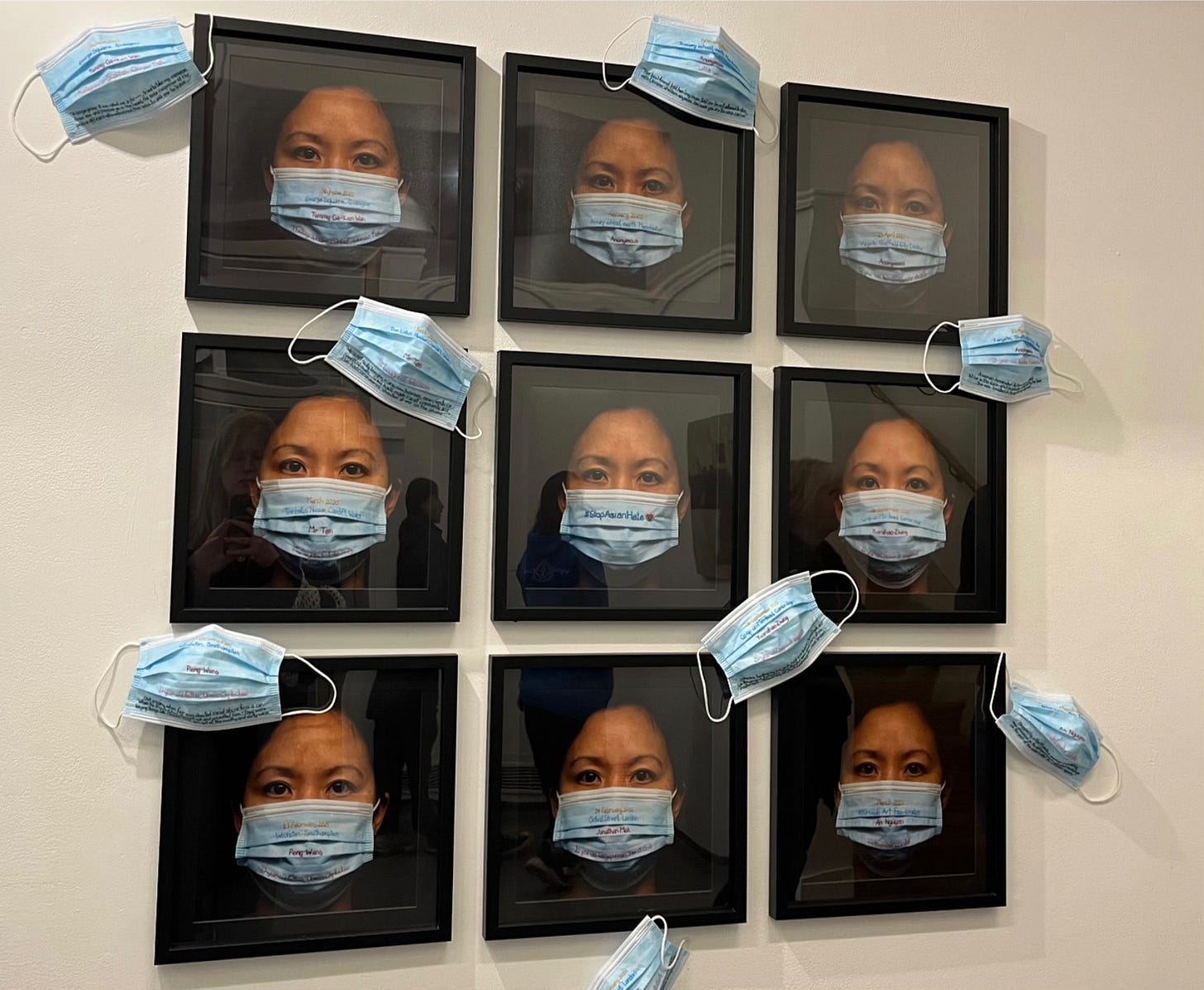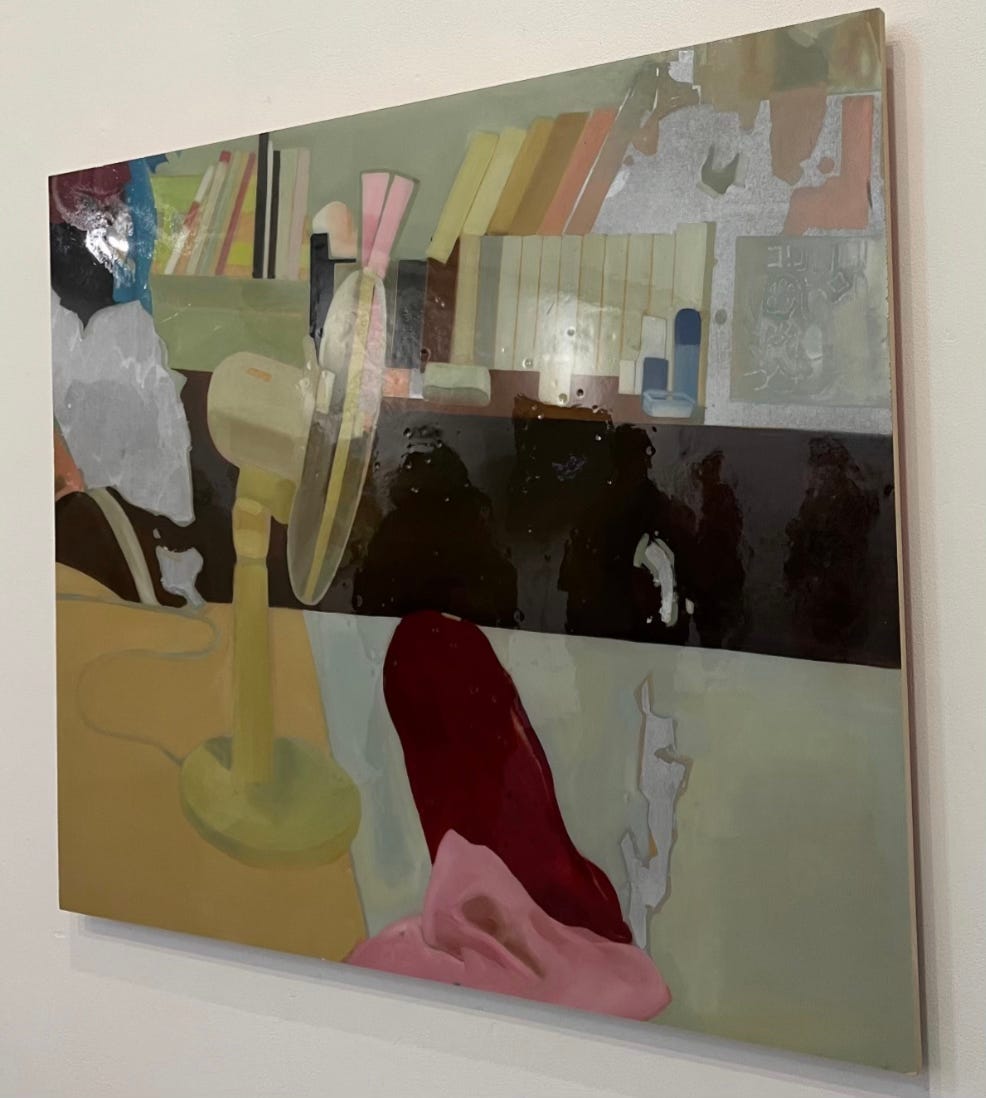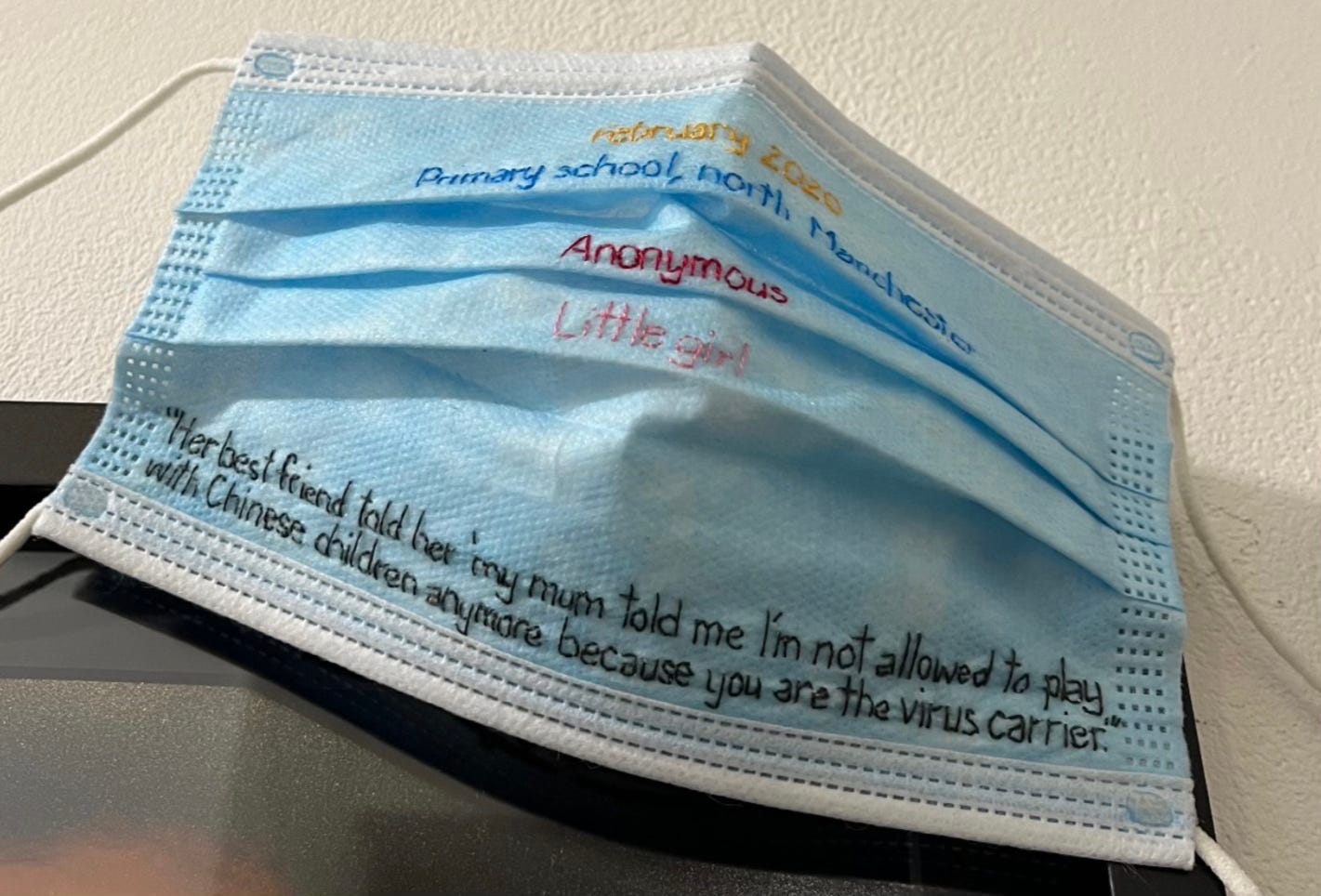Exhibition celebrating the work of East Asian artists opens in Oxford
To celebrate Oxford University diversity practitioner Daisy J Hung’s new book, 'I am not a tourist: Conversations on being British Chinese', an exhibition has opened at the Old Fire Station in Oxford.
Hung’s book discusses the experience of being British Chinese today, challenges the stereotypes of East Asians and discusses the racism British Chinese people continue to face following the spike in anti-Asian racism post-covid.
During the Covid-19 pandemic anti-Asian hate crimes sky-rocketed in the UK by 70%, and post-pandemic racism and hate crimes continue to effect the community. A study last year, conducted by charity Protection Approaches and Leicester University, found that in the previous 12-month period 45% of East and South-East Asians had experienced a hate crime.
The exhibition was curated to celebrate her book, released this month, but also aims to celebrate Hung’s own embroidery work and give a platform to other artists of East and South-East Asian descent.
At an exhibition celebration held shortly after its opening, artists and viewers gathered to appreciate the work alongside author Daisy J Hung. The gallery space, although relatively small, felt enlarged by such a range of work - from film pieces to sculptures and paintings – and was full of visitors all equally impressed by the work presented as well as Hung’s ambitious commitment to an exhibition alongside a book release.
The room stood in complete captivated stillness as Hung read an excerpt from her book, which recounted when at a museum visit it was assumed she was a tourist by a worker. She described feeling not only disappointed in the worker’s assumption but also in herself for not standing up for herself, but she describes this book as her full response.
Hung explained that being Chinese, born in Canada, raised in the United States and then moving to the UK has meant her sense of identity has shifted. At the celebration, she recounted that “when I came here, it was like a culture shock for me.”
She went on to explain that living in California she was surrounded by Asian Americans, but when she came to the UK was left wondering “Where is everybody?”. She claims that this book acts as her “search for other people.”
Although it was something she had been considering for years, it was after The Covid-19 pandemic she felt “we need it”. She went on to say that “we need to understand the history and the lived experiences and how diverse British Asian communities are.”
The Asian British community makes up a huge part of the UK population, with the most recent census finding that ‘Asian, Asian British or Asian Welsh’ accounted for 9.3% of the overall population in the UK, making them the second largest ethnic group in the UK. But it is worth noting that this title in the consensus encompasses 39 different categories of classification, from Burmese to Chinese to Sri Lankan; it becomes clear that the British Asian community is immensely diverse, even just when looking at the different nationalities it includes.
Hung thanked the Old Fire Station for “believing in this exhibition and its vision and for making it happen”, and commended the work of the artists, saying that “I am so inspired by your work and seeing what you were able to create.”
Yunseo Cho, a final year student at The Ruskin School of Art, when asked about her piece said, “I think memories and home is a main motif in my work”. In her piece Fading Out, which uses oil on wood, resin and spray paint, she has used an image taken in her grandparents’ home. Cho describes that photos from her own camera roll are constant inspiration for her work.
Fading Out uses an image transfer process which means that the final painting, pictured above, ends up with “imperfect forms and irregular marks”. These are purposeful but unpredictable in the creation process. Cho said she feels “it resembles how memories fade out unexpectedly” .
Alexis Wong, another final year student at Ruskin, used bath salts, motors, silicone and steel to create her piece I wander, I hover, I hide, in between the porous sky. She describes her piece as something “between landscape and creature-y” and that she projects herself onto it.
The accompanying description says that her sculpture explores the broad meanings of “I”, how “I is a camouflage, I is the others, I is us”. Wong says it also raises themes of surveillance and control as the viewer watches over it, hypnotised by the rhythm of its vibrations.
Hung said that the inclusion of 13 other artists and the creation of an exhibition came about because she didn't want it to be about her, she wanted to “showcase other people’s work and creative expressions.”
Speaking on one of her own pieces entitled (Un)covering, part of which is pictured above, Daisy J.Hung explained the significance of masks, “for me it's so wasteful and [with] the impact on the climate and environment, I wanted to transform them”. She went on to say that masks can represent someone being blocked from saying something but that she “wanted to use them as a message”.
Hand-embroidered on each mask are accounts of individual experiences of Asian hate. Hung sourced these stories online from the media and said that “it was hard to have to research and identify so many instances of hate and racism and violence.”
Hung says that Unmasked memorialises that time in British, or indeed global, history and added that “society has moved on but it is important to remember it, it wasn't that long ago.”
Hung’s book, published by Harper Collins, is available to buy on Waterstones and Amazon and the ‘I am not a tourist’ exhibition is on display until Saturday March 22nd, and is free to visit.




